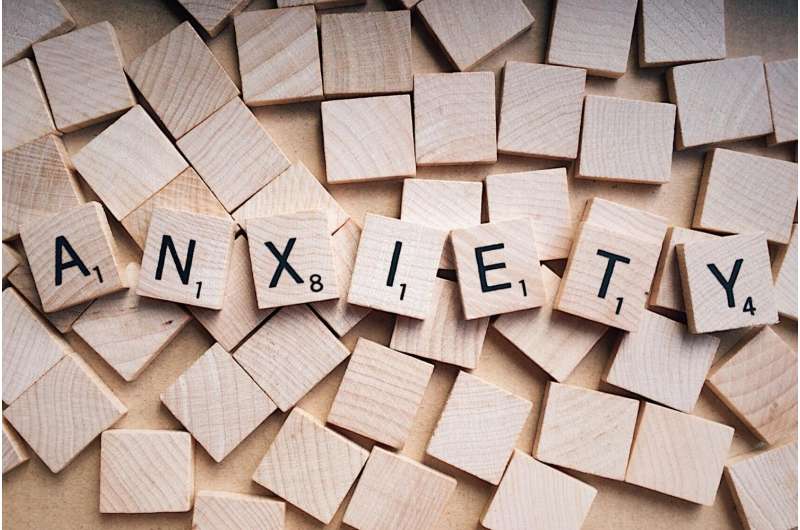For anxiety, single intervention is not enough

No matter which treatment they get, only 20 percent of young people diagnosed with anxiety will stay well over the long term, UConn Health researchers report in the Journal of the American Academy of Child and Adolescent Psychiatry.
"When you see so few kids stay non-symptomatic after receiving the best treatments we have, that's discouraging," says UConn Health psychologist Golda Ginsburg. She suggests that regular mental health checkups may be a better way to treat anxiety than the current model.
The study followed 319 young people aged 10 to 25 who had been diagnosed with separation, social, or general anxiety disorders at sites in California, North Carolina, Maryland, and Pennsylvania. They received evidence-based treatment with either sertraline (the generic form of Zoloft) or cognitive behavioral therapy or a combination of these two, and then had follow-ups with the researchers every year for four years. The follow-ups assessed anxiety levels but did not provide treatment. Other studies have done a single follow-up at one, two, five, or 10 years out, but those were essentially snapshots in time. This is the first study to reassess youth treated for anxiety every year for four years.
The sequential follow-ups meant that the researchers could identify people who relapsed, recovered, and relapsed again, as well as people who stayed anxious and people who stayed well. They found that 20 percent of patients got well after treatment and stayed well, rating low on anxiety at each follow-up. But about half the patients relapsed at least once, and 30 percent were chronically anxious, meeting the diagnostic criteria for an anxiety disorder at every follow-up. Females were more likely to be chronically ill than males. Other predictors of chronic illness were experiencing more negative life events, having poor family communication, and having a diagnosis of social phobia.
On the bright side, the study found that young people who responded to treatment were more likely to stay well. The study also found no difference in long-term outcomes between treatment types. This means that if there is no cognitive behavioral therapist nearby, treatment with medication is just as likely to be effective.
The study also found that kids did better if their families were supportive and had positive communication styles. And Ginsburg has advice for getting the best help for your child: talk to your child and to the therapist, and ask questions. Why do you suggest this treatment (it should be supported by evidence)? Has the therapist been trained in cognitive behavioral therapy? How can we reinforce what you learned in therapy this week? But also, be aware that a single intervention may not be enough.
"If we can get them well, how do we keep them well?" says Ginsburg. "We need a different model for mental health, one that includes regular checkups."
More information: Golda S. Ginsburg et al. Results From the Child/Adolescent Anxiety Extended Long-Term Study (CAMELS): Primary Anxiety Outcomes, Journal of the American Academy of Child & Adolescent Psychiatry (2018). DOI: 10.1016/j.jaac.2018.03.017

















